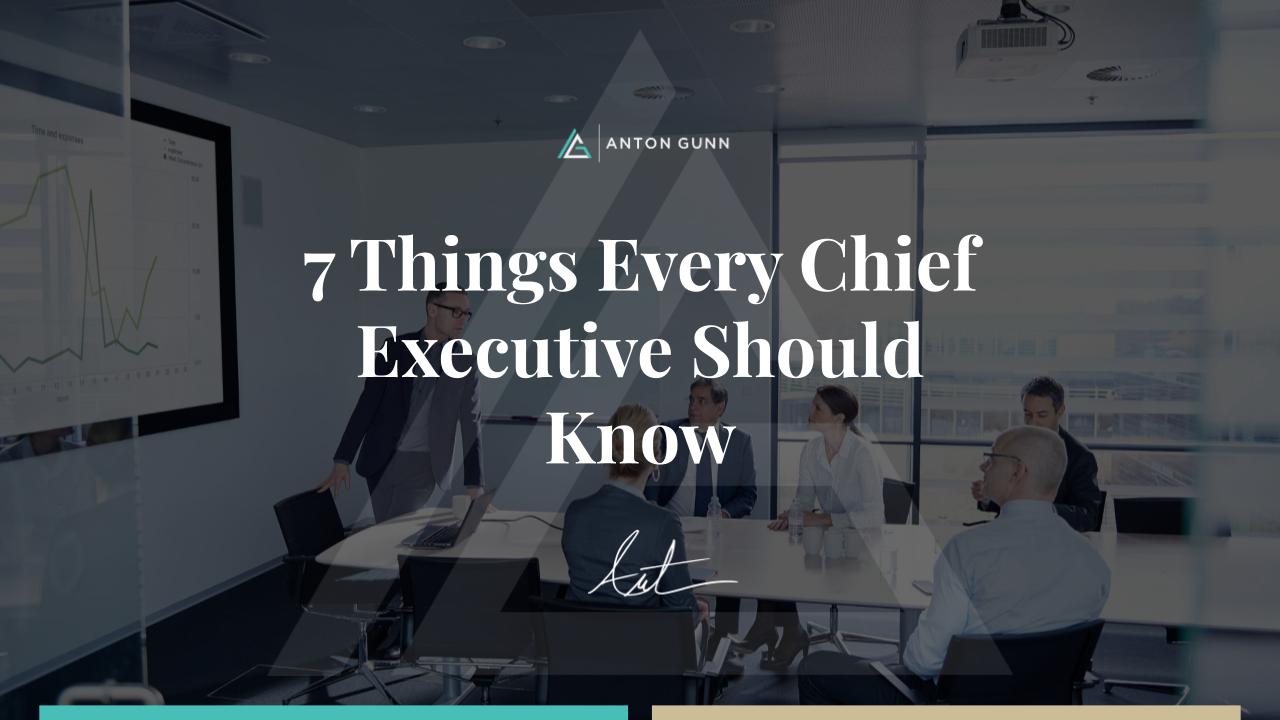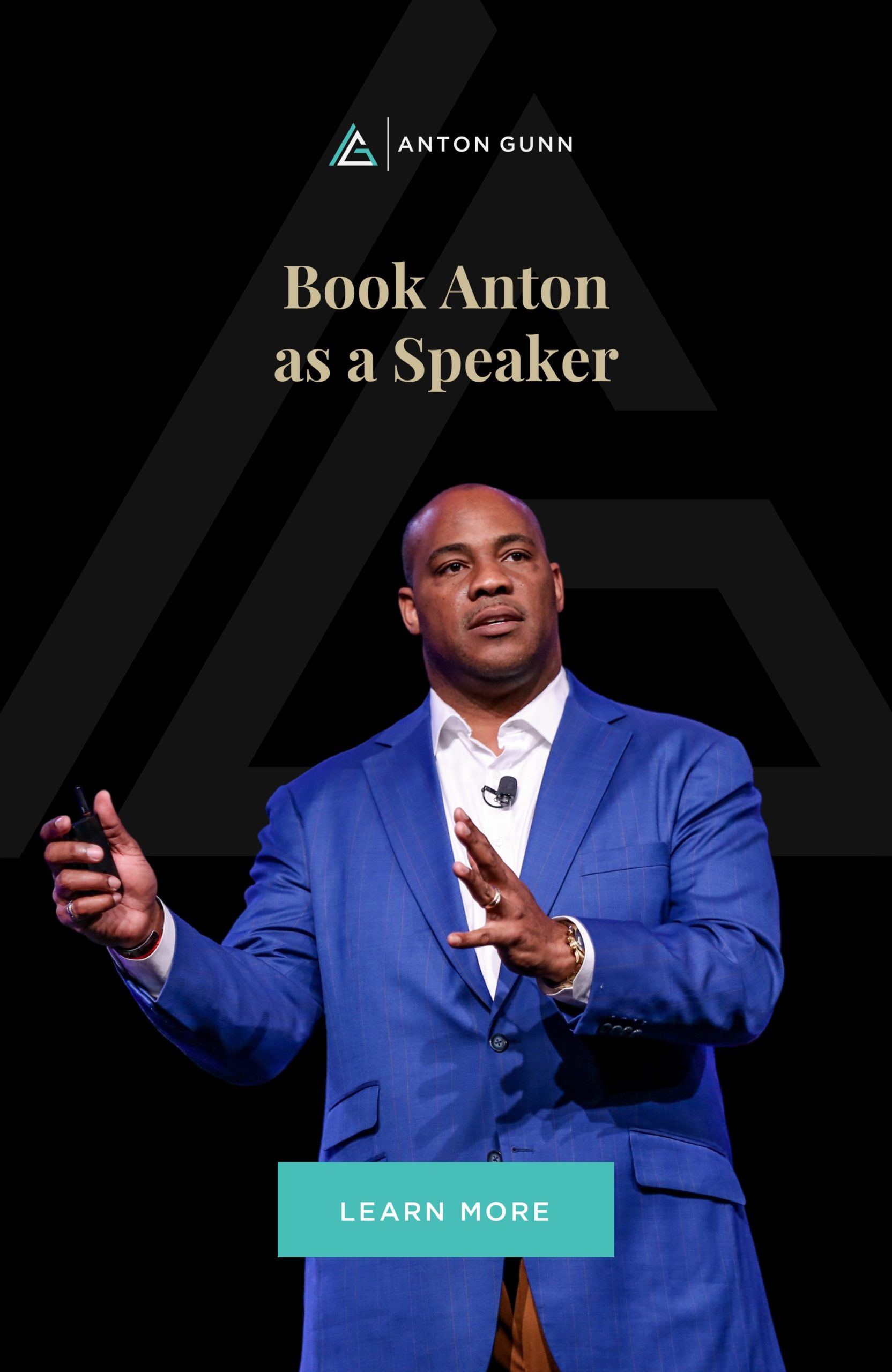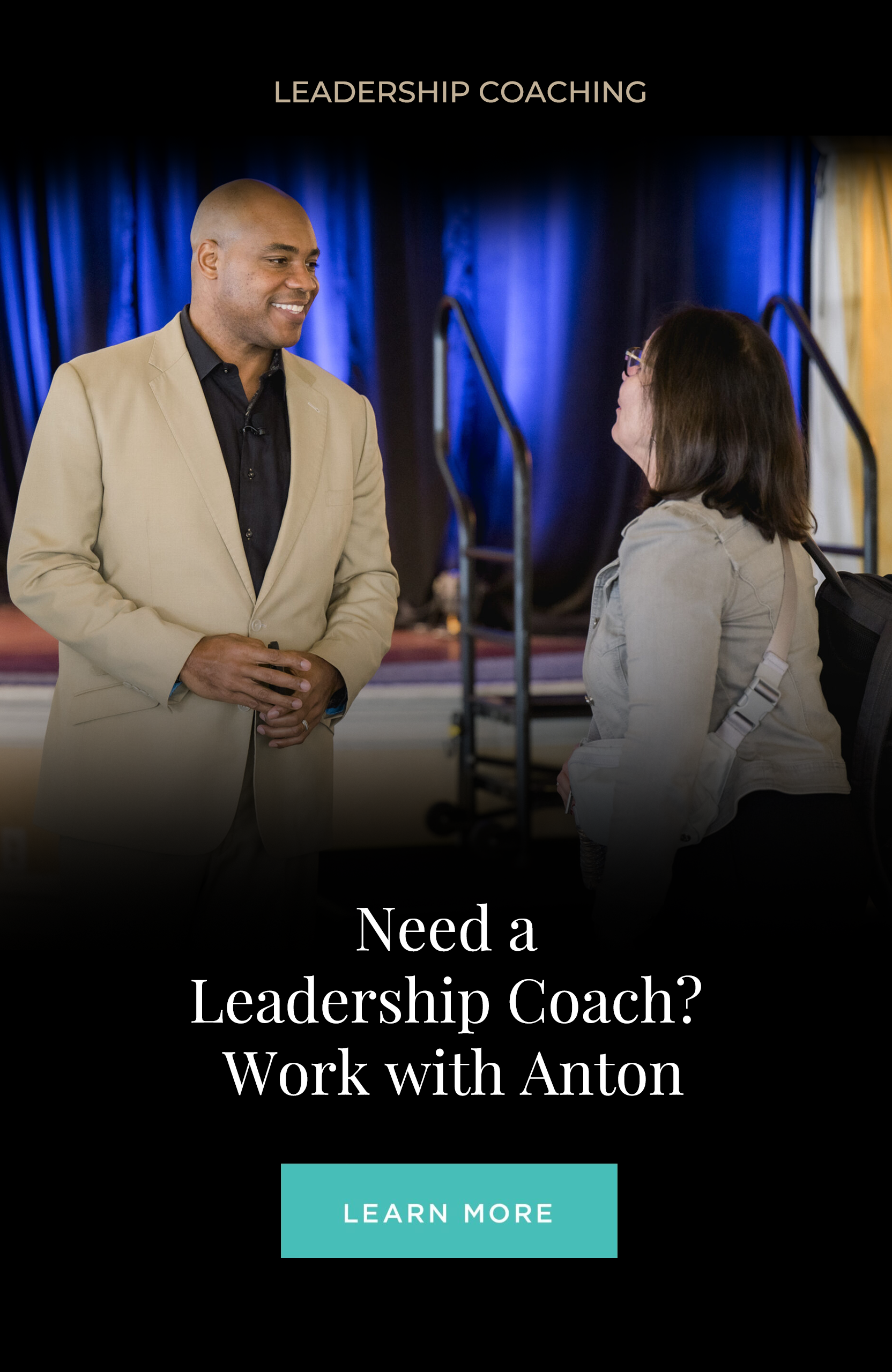Let me be real with you.
Being a CEO is one of the most powerful jobs you’ll ever have—and one of the loneliest.
I’ve spent my career working with C-suite leaders in Fortune 500 companies, billion-dollar healthcare systems, government agencies, and nonprofits. I’ve advised a U.S. President. I’ve built executive teams from scratch. I’ve also sat in the CEO seat myself.
Across every industry and every leadership table, I’ve seen one truth: the title of Chief Executive doesn’t make you an effective leader.
What makes or breaks your legacy is what you choose to see—and what you refuse to ignore.
So today, I want to share seven essential leadership tips every Chief Executive needs to know—based on nearly 30 years of leading, failing, rebuilding, and leading again.
1. Culture Starts with You—And So Does the Toxicity
If your organization has a toxic workplace culture, that didn’t start with your frontline employees. It started with leadership behaviors that were allowed, ignored, or excused.
You set the tone. When you tolerate toxicity, you teach people how to treat each other.
2. Employees Don’t Trust HR (and They Might Be Right)
You can’t fix culture if you ignore the fact that employees don’t trust HR. I’ve been in too many rooms where HR leaders were well-meaning—but lacked the power to drive real change.
As CEO, it’s your responsibility to make HR strategic, not reactive. That means giving them a seat at the real table and holding them accountable for the full employee experience.
3. Failed Change Management Will Sink Your Strategy
Your strategy is only as strong as your ability to lead people through change. Most change efforts fail because employees feel confused, excluded, or steamrolled.
I’ve seen organizations spend millions on transformation—only to watch top talent walk out because they weren’t included in the process. If your people don’t buy in, your strategy won’t survive.
4. Revenge Quitting Is a Real Thing—And It’s Coming for You
Quiet quitting is just the beginning. What happens next is revenge quitting—when employees leave on purpose, with impact. Sometimes, they take your best people with them.
Revenge quitting happens when employees feel fed up with empty promises, burned out by poor leadership, and ready to reclaim their peace.
5. The DEI Divide Can’t Be Ignored
I’ve worked with organizations that made bold DEI commitments in 2020—only to pull back in 2024 when things became “too political” or “too hard.”
That’s how you create a DEI divide. When employees believe your values change with the headlines, trust fades. Inclusion dies in silence. And the very people you said you cared about will leave.
6. Employees Are Resisting Change for a Reason
Labeling employees as difficult is easy. Asking why they’re pushing back takes real leadership. Most of the time, resistance doesn’t come from laziness—it comes from not feeling heard, respected, or safe.
The best CEOs don’t bulldoze through resistance. Instead, they listen through it.
7. Your Legacy Is Being Written Right Now
You don’t build legacy with words. You build it through how you treat people—especially when no one is watching.
I’ve seen too many executives obsess over quarterly metrics and external recognition. But the best leaders—the ones people remember—are the ones who make others better just by being in the room.
Your team, your culture, your mission—they all reflect you.
So, if something’s not working… look inward. Then lead outward.
Here’s What Every CEO Should Do Next
If you’re reading this and recognizing some of these leadership red flags in your organization, here’s the good news:
You can shift it.
It can be fixed.
You can create a culture that people never want to leave.
It starts with the decision to stop leading on autopilot—and start leading with purpose.
If you’re ready to address toxic culture, the DEI divide, employee distrust, or failed change that’s costing you everything—I’m here to help.
Let’s design a leadership retreat or executive advisory experience that transforms how your top team leads.
Or bring me in to speak at your next leadership summit and set a new standard for how your organization leads.
👉 Visit antongunn.com/contact to start the conversation about your legacy.
Because good CEOs manage.
Great ones lead.
And the best? They leave more than a title behind—they leave impact.







